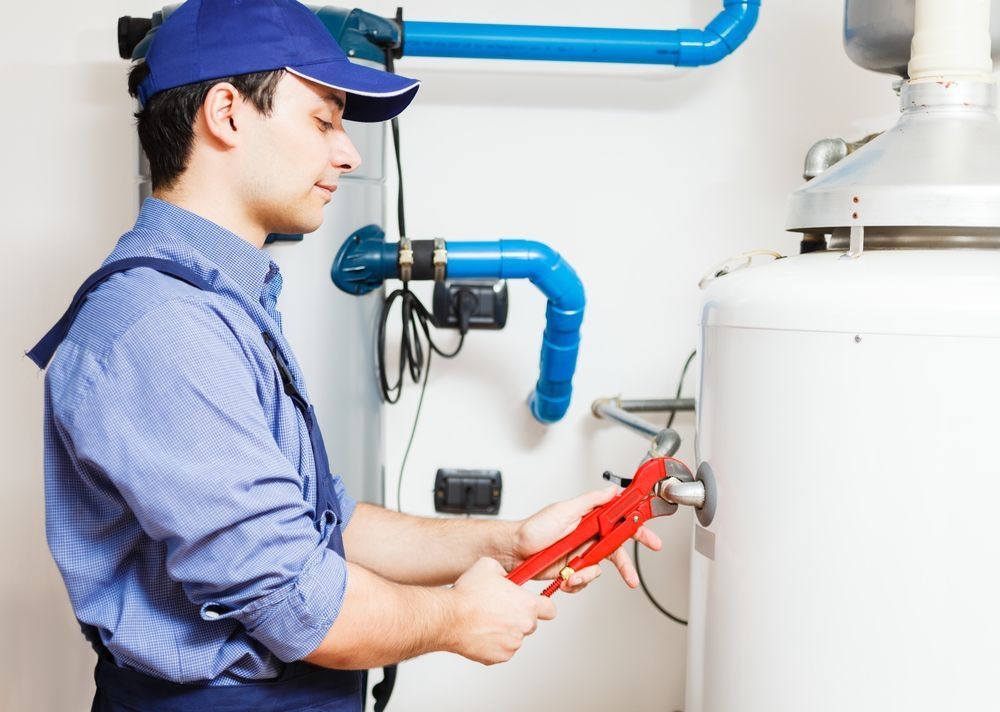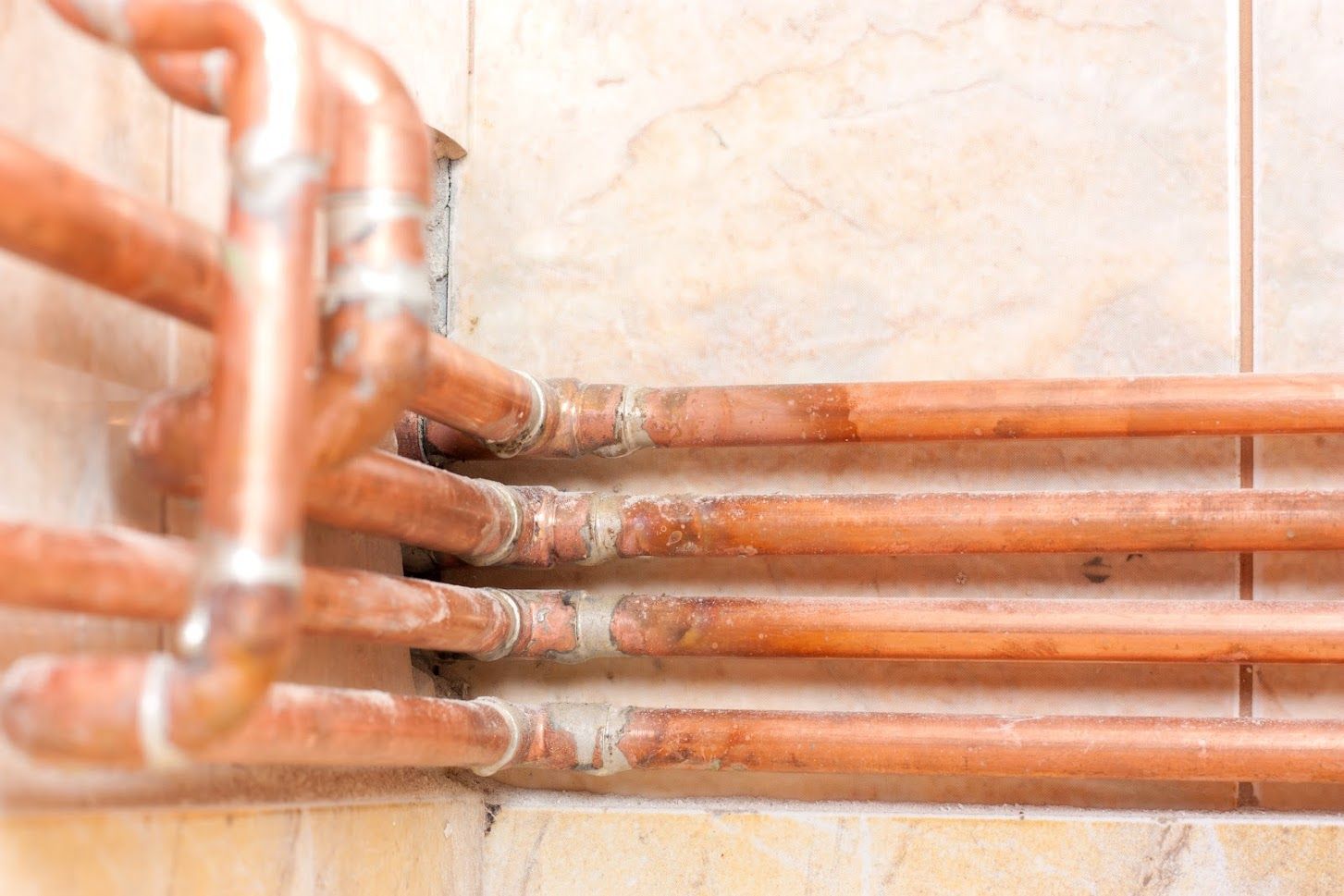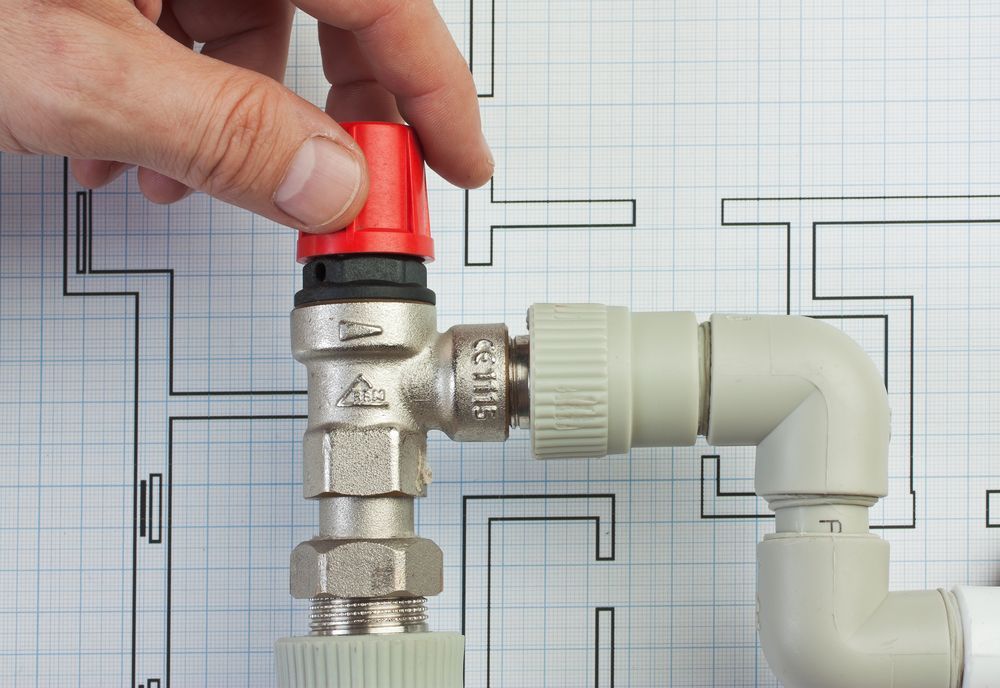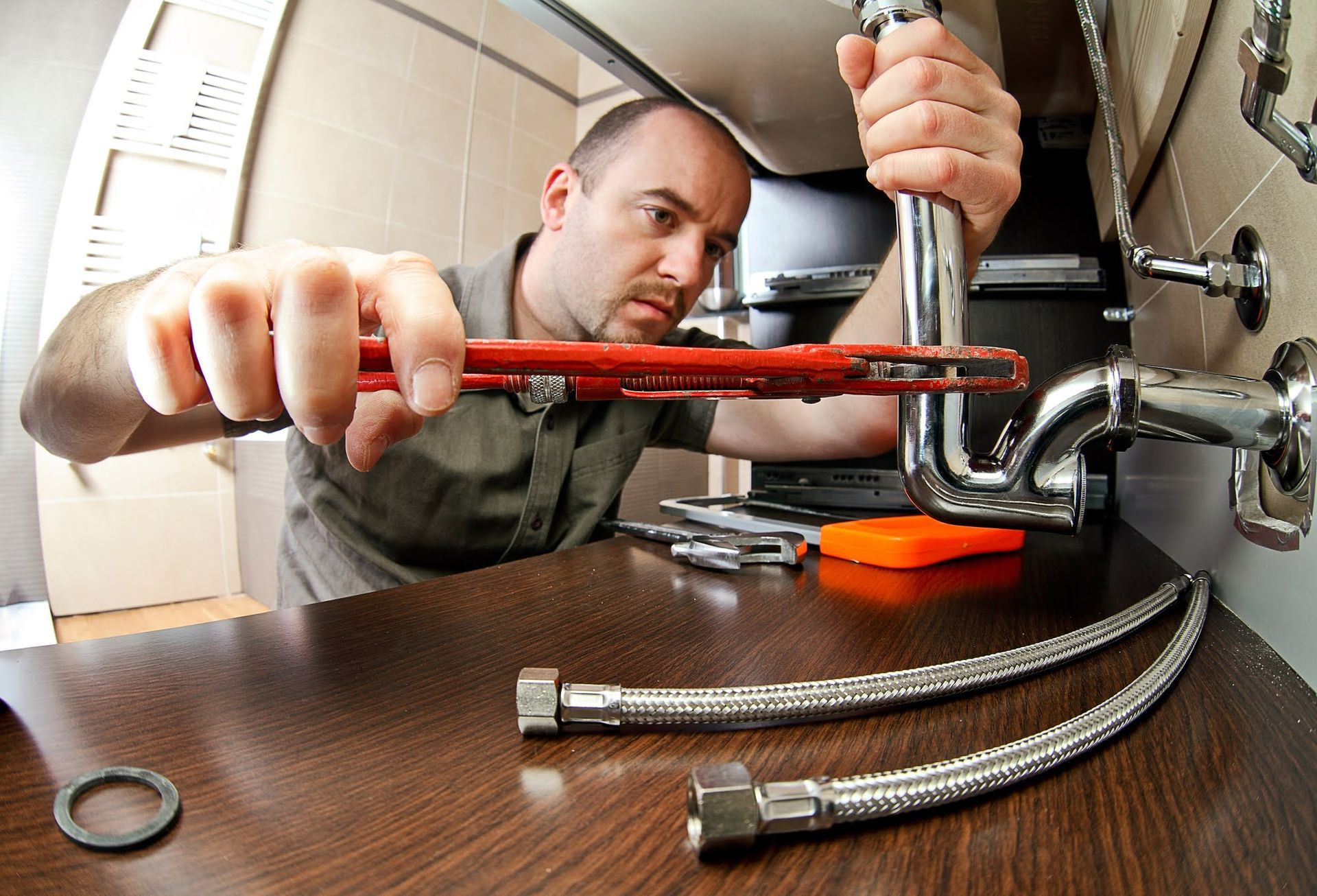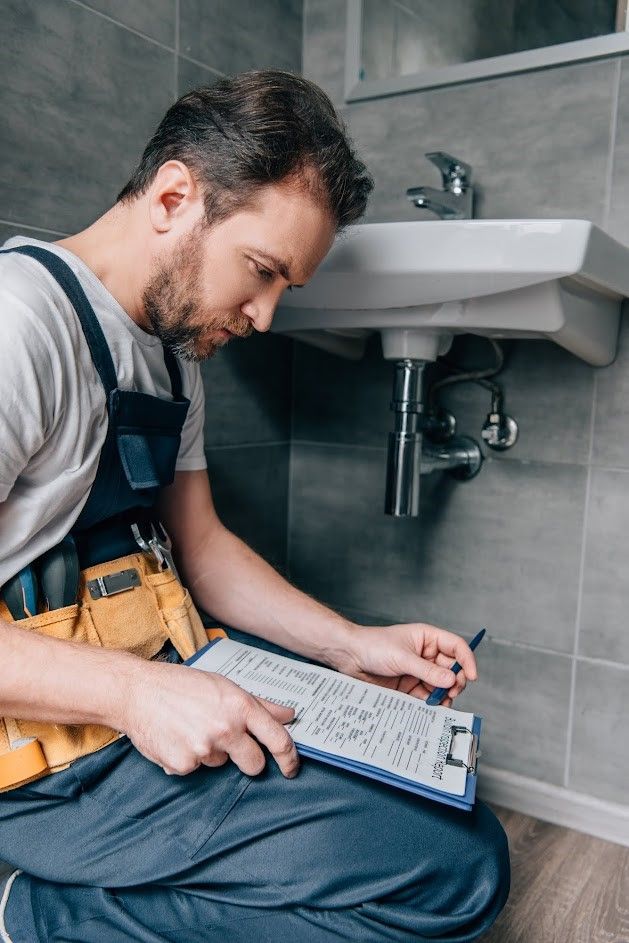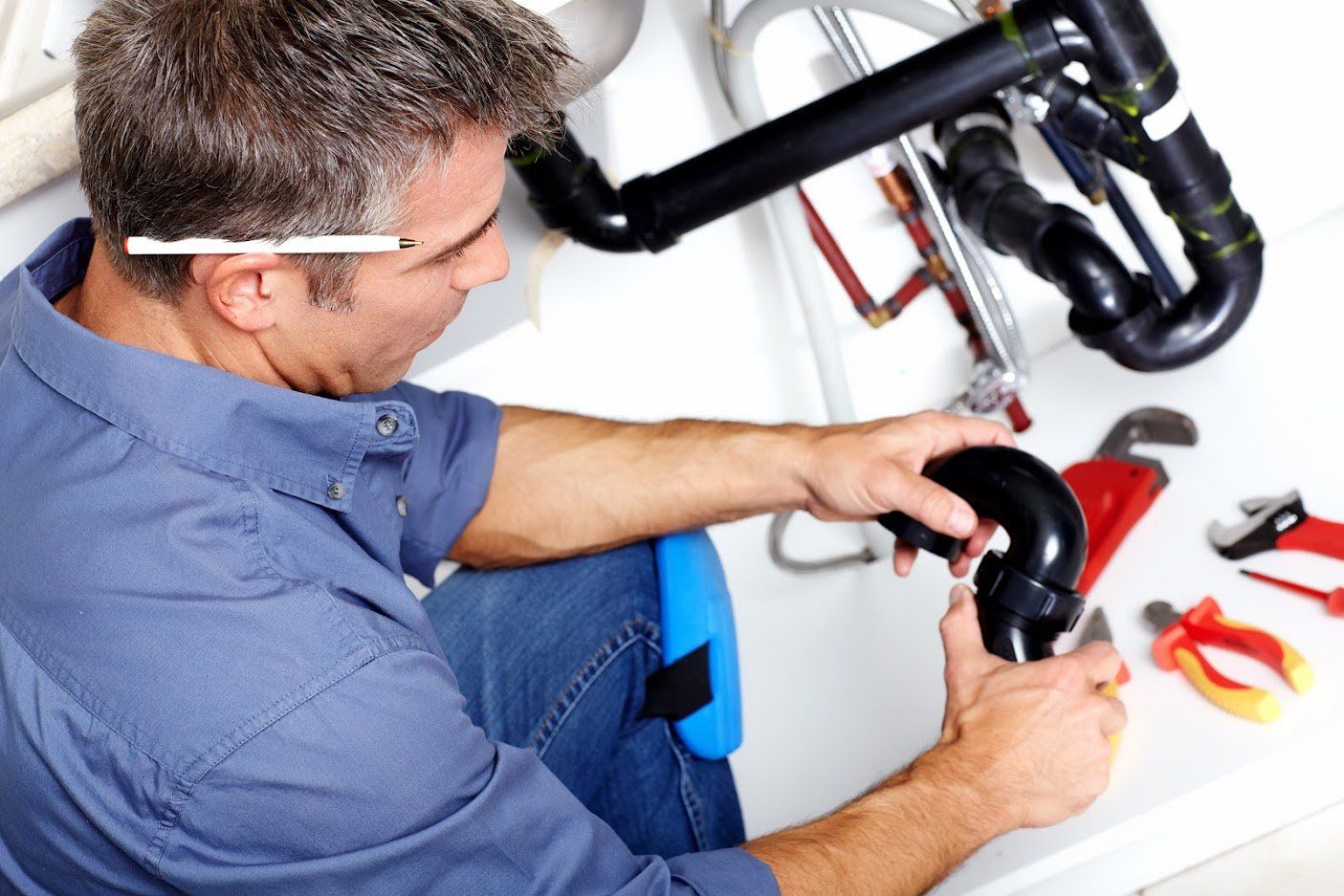
8 Plumbing Upgrades to Make Your Home Eco-Friendlier
- By Admin
- •
- 15 Nov, 2022
- •
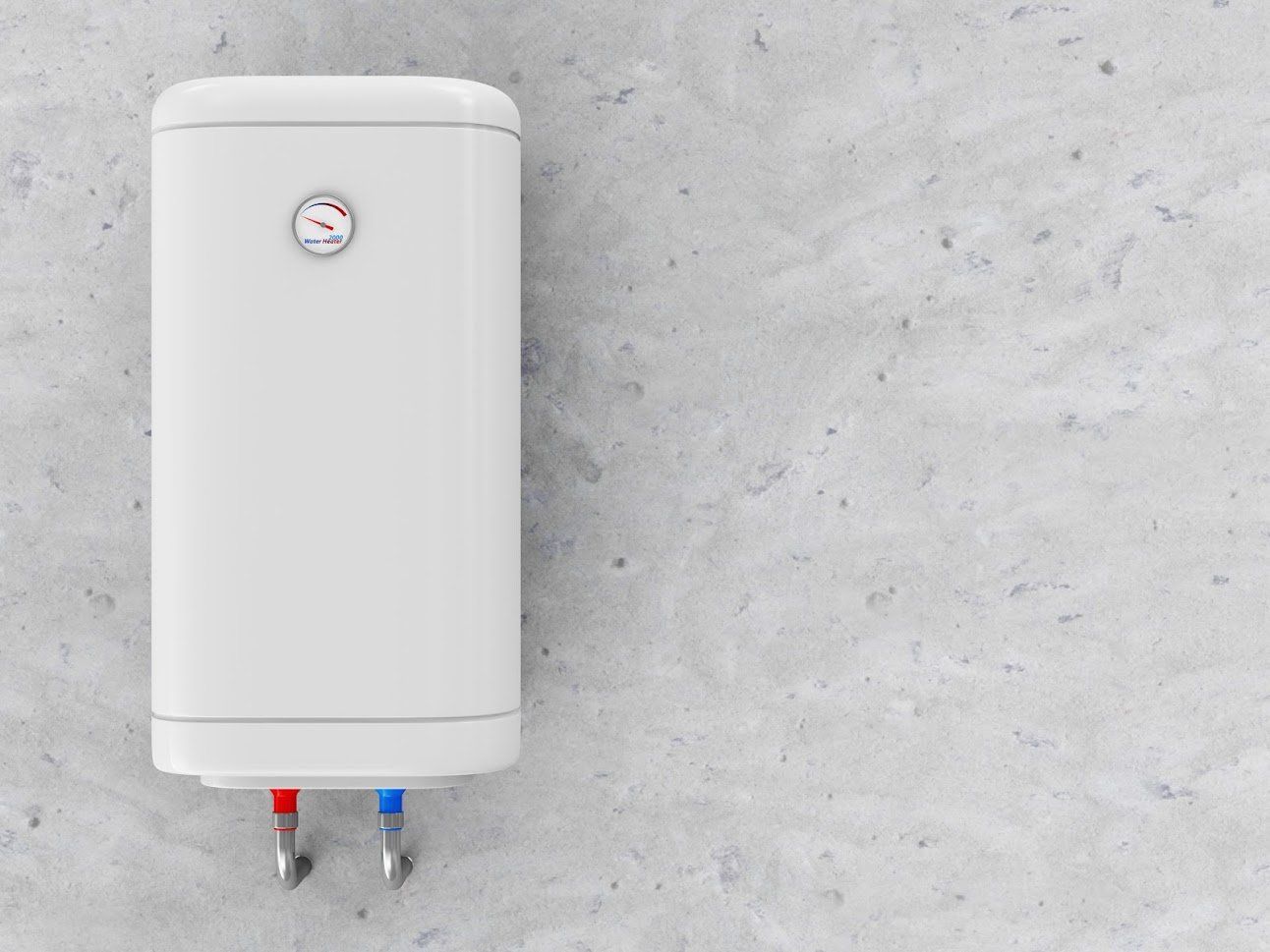
An eco-friendly home helps protect the environment. Also, when you install eco-friendly plumbing appliances, your home can appear more presentable and modern. Eventually, the plumbing upgrades will help you to save money on heating and cooling costs. So, where do you start?
Explore some plumbing upgrades to make your home eco-friendlier.
1. Install a Tankless Water Heater
A tankless water heater can provide unlimited hot water at a moment's notice. And because the tankless heater is typically smaller than other water heaters, you can save a lot of space. But the most significant benefit is the reduction in water usage because the tankless water heater uses less water. Less water usage helps conserve the environment.
2. Choose a Heat Pump
If water on demand isn't attractive to you, you can use a heat pump. The pump warms water while running on electricity. Using electricity to heat water can lead to massive energy savings, but you must keep the pump in a warm environment. For example, you can install the heat pump in the furnace room, although the installation might be expensive.
3. Switch to a Gray Water Recycling System
If you have a large backyard and garden, your water bills may be higher. You can install a gray water recycling system to use less water for lawn watering. Gray water is water from residential use, but the water hasn't mixed with sewage. For example, wastewater from washing machines or the shower can help to irrigate your lawn.
Although gray water systems are available in multiple designs, they all trap water from home use for recycling. The water undergoes filtration to eliminate contaminants before entering a storage unit. You can then use the water in the storage unit whenever you need to irrigate the lawn.
4. Insulate Water Pipes
Many people let the water tap run for too long if the water heats up slowly. The problem might be the slow hot water flow in the pipes. If you insulate your pipes, hot water will lose less heat while traveling along the pipe. This minor upgrade will lead to electricity and water savings, thus reducing your carbon footprint.
5. Upgrade Your Toilets
Toilets consume a lot of water whenever you flush. When you install highly efficient toilets, you significantly reduce water consumption. A common high-efficiency toilet is the dual flush, which flushes liquid waste with less water than solid waste. You just have to set a lower water usage for liquid waste flushing and a different usage for solid waste flushing.
6. Change the Water Softener
Most water softeners use sodium for water filtration and softening. However, because this system releases salty brine into the septic or sewer unit, you will contribute to environmental degradation. The solution is an eco-friendly water softener that treats water without releasing harmful substances.
One such solution is a water softener that adds substances into the water to prevent mineral loss. When minerals don't precipitate from the water, the toxic limescale won't form. So, talk to a plumber to get advice about the best water softener system for your home.
7. Opt for Low-Flow Appliances
When you use the shower, sink, or toilet, you activate continuous water flow. One way to reduce water wastage is to install low-flow appliances. These appliances have water that flows at low speeds to prevent wastage.
8. Upgrade Appliances
Old appliances may be more dysfunctional and lead to water and energy wastage. If your water heater, dishwasher, and washer have become old, switch to new ones. The new appliances are likely to have eco-friendly designs.
If you don't know where to start, ask your plumber to help you. Lewis Plumbing will help you with plumbing installation, repairs, and maintenance at affordable rates. Contact us to get a quote.
Contact Information
Payment Option







Hours of Operation
- Mon - Fri
- -
- Sat - Sun
- -
Send us a Message
Contact Us
We will get back to you as soon as possible
Please try again later
Santa Barbara's # 1 Plumbing Company Since 1948
Specializing in Plumbing, Sewer & Drain, Water Heaters and Bathroom Remodeling for California's Santa Barbara.
Contact Information
Payment Option







Hours of Operation
- Mon - Fri
- -
- Sat - Sun
- -
Send us a Message
Contact Us
We will get back to you as soon as possible
Please try again later

